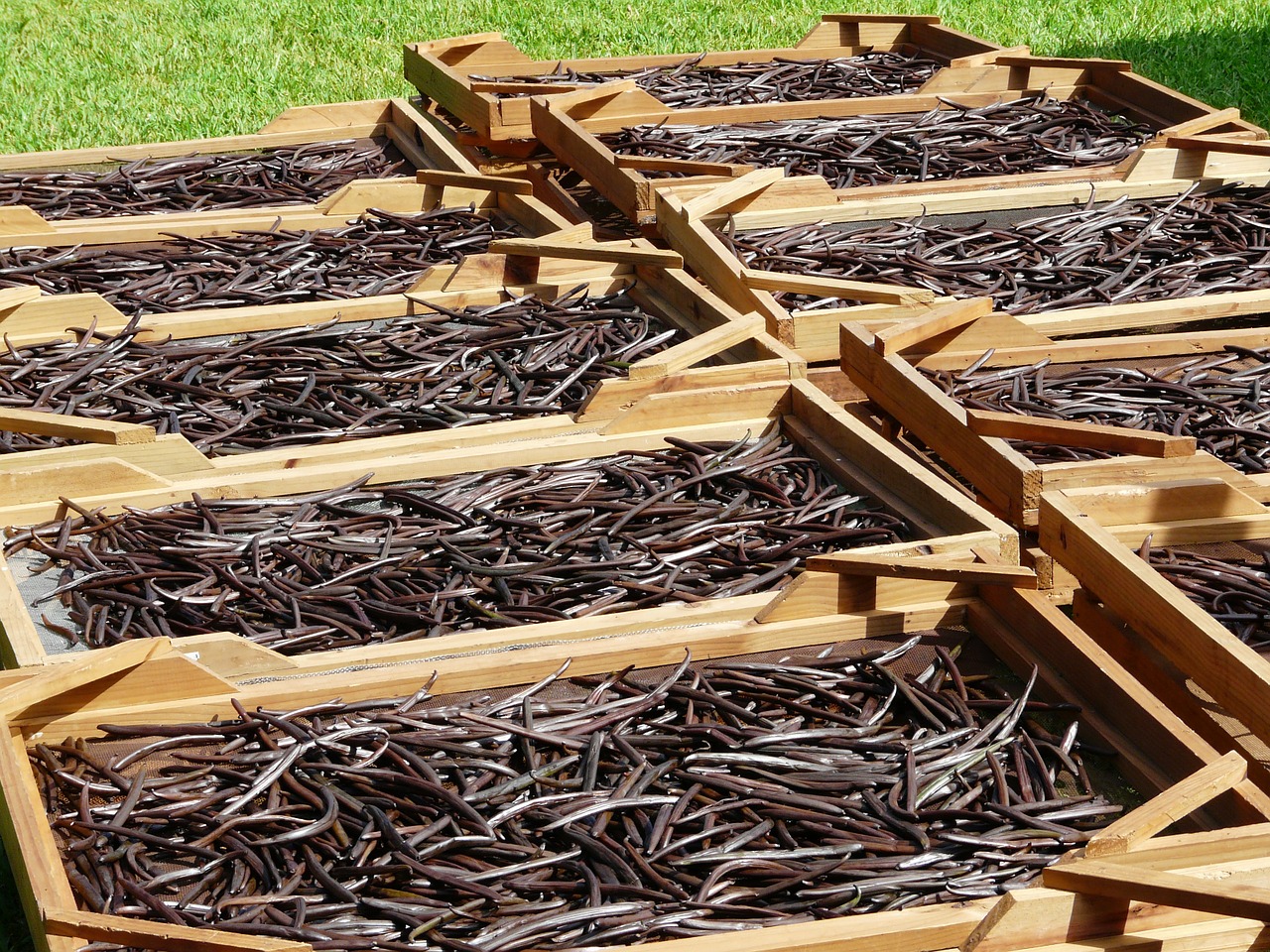
Vanilla is one of the most used flavoring ingredients; however, the production of high-quality vanilla extracts is expensive and therefore different attempts to adulterate this product have been reported. The main ways to adulterate vanilla extracts is the addition of synthetic vanillin, which can be synthesized using lignin, eugenol, or guaiacol, or the addition of lower quality synthetic compounds such as ethyl vanillin or coumarin, which mimic the vanilla extracts but for a cheaper price (e.g. $ 8.98 for 59 mL of pure vanilla extract and $ 2.73 for 59 mL of imitation vanilla extract both from the same manufacturer).
To assure the quality and safety of the vanilla extracts, it is important to identify the ingredients present in these extracts including any possible adulterant. This authentication can be performed with different methods such as thin layer chromatography (TLC), high-performance liquid chromatography (HPLC), and gas chromatography (GC) coupled to different detectors such as UV spectrophotometry and mass spectrometry (MS). Some of these methods can be complex and time-consuming and the need for shorter analysis time is a request for real-time food authentication. Additionally, MS still presents some challenges in the analysis of labile compounds and in differentiating isomers.
Recently a new GC detector was developed to overcome some of these limitations. The vacuum ultraviolet (VUV) absorption spectroscopic detector measures the absorption of gas-phase species in the range between 120 – 240 nm. In this wavelength range, all chemical compounds absorb and present unique absorption spectra, which allows their identification and differentiation. The main advantage of this detector is the possibility to deconvolve co-eluting species. Since absorption is additive, overlapping peaks give a spectrum that corresponds to the sum of all absorbances. With the help of a spectral library, the overlapping absorbances can be easily deconvolved into the signals of individual species. Due to this feature, chromatographic resolution can be compromised to improve the speed of analysis without losing the power to accurately evaluate the mixture.

Credit: Kevin Schug
In this work, an alternative and faster GC-VUV method was developed for the authentication of vanilla extracts. The chromatographic separation was compressed to achieve faster analysis and the VUV software was used to deconvolve co-eluting analytes as shown in the Figure. The analysis was performed in 6 and 14 min runs on different polarity columns with limits of detection between 0.42 – 2.0 µg mL-1. Different commercially-available vanilla extracts, including those labeled as natural, organic, and artificial, were analyzed and their ingredients characterized.
Each sample showed a unique fingerprint that allowed their differentiation. The artificial extracts showed the presence of artificial flavoring compounds such as ethyl vanillin, eugenol, and piperonal while the natural extracts showed the presence of natural flavoring compounds, such as vanillic acid and 4-hydroxybenzaldehyde. Vanillin was the compound present at higher concentrations and ranged from 824 – 3421 µg mL-1 for authentic products and 108 – 5817 µg mL-1 for artificial products.
GC-VUV has proved to be a valuable alternative for the authentication of vanilla extracts and is certainly a promising tool in the food industry for the authentication of other food matrices such as oil, coffee, rice, and others. Additionally, if coupled with chemometric analysis, this method can be used to discriminate different geographical origins of food products.
These findings are described in the article entitled Rapid Profiling and Authentication of Vanilla Extracts Using Gas Chromatography-Vacuum Ultraviolet Spectroscopy, published in the journal Food Analytical Methods. The work was performed by researchers in the Department of Chemistry and Biochemistry at the University of Texas at Arlington and from VUV Analytics, Inc. The work was funded by support from VUV Analytics, Inc.








